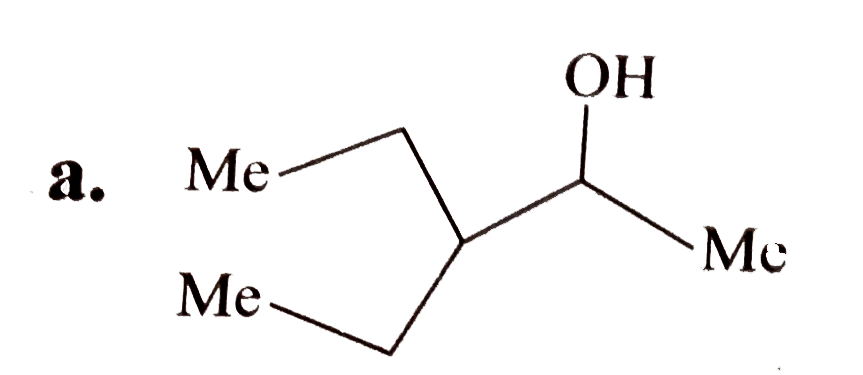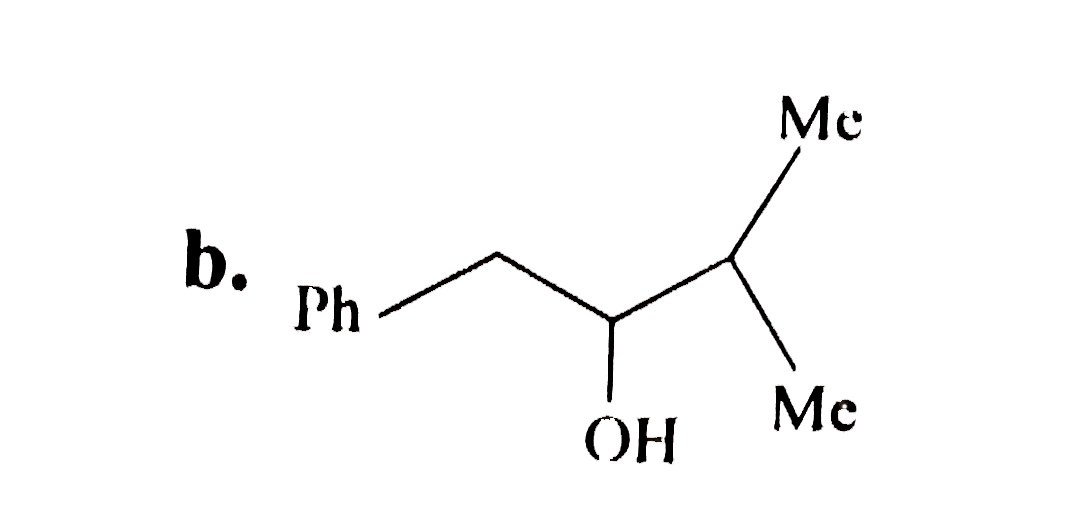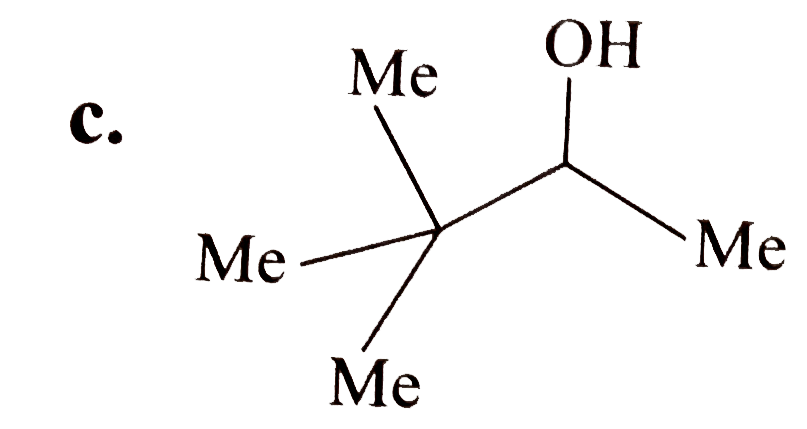(a) Give the products of the reaction of KOH with
(i) C4H9Br
(ii) C2H5CHBrCH3
(iii) Me3CBr
(b) Give the reactivity order.
(c) Give the factors that determine the major product.
(a) (i) C2H5CH=CH2
(ii) trans CH3CH=CHCH3
(iii) Me2C=CH2
(b) 3∘>2∘>1∘
(c) The most-substituted alkene is produced in a major amount as predicted by Saytzeff rule with trans dominating over cis.
Topper's Solved these Questions
- ORGANIC REACTION MECHANISMBOOK - CENGAGE CHEMISTRYCHAPTER - ORGANIC REACTION MECHANISMEXERCISE - Solved Example
33 Videos
- ORGANIC REACTION MECHANISMBOOK - CENGAGE CHEMISTRYCHAPTER - ORGANIC REACTION MECHANISMEXERCISE - Subjective
19 Videos
- NCERT BASED EXERCISEBOOK - CENGAGE CHEMISTRYCHAPTER - NCERT BASED EXERCISEEXERCISE - Chemical Equilibrium
72 Videos
- P-BLOCK GROUP 13 - BORON FAMILYBOOK - CENGAGE CHEMISTRYCHAPTER - P-BLOCK GROUP 13 - BORON FAMILYEXERCISE - Exercise Archives (Subjecive)
9 Videos
Similar Questions
Knowledge Check
The major product in the following reaction is-
H3C−C≡C−H+2HBr(excess)A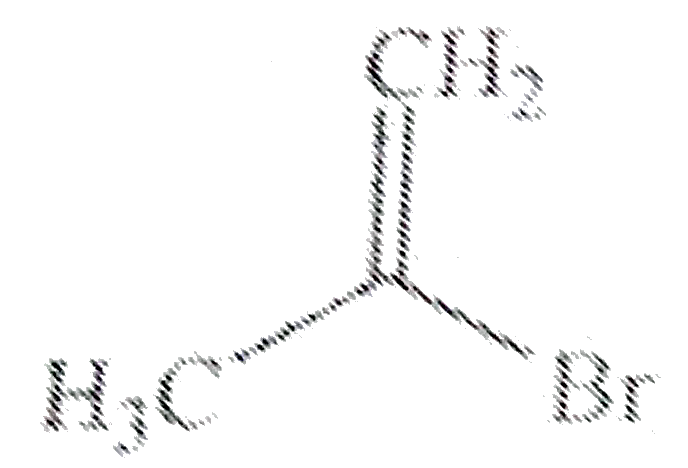 BH3C−Br∣C∣Br−CH3CH3C−HC∣Br−C∣BrH2D
BH3C−Br∣C∣Br−CH3CH3C−HC∣Br−C∣BrH2D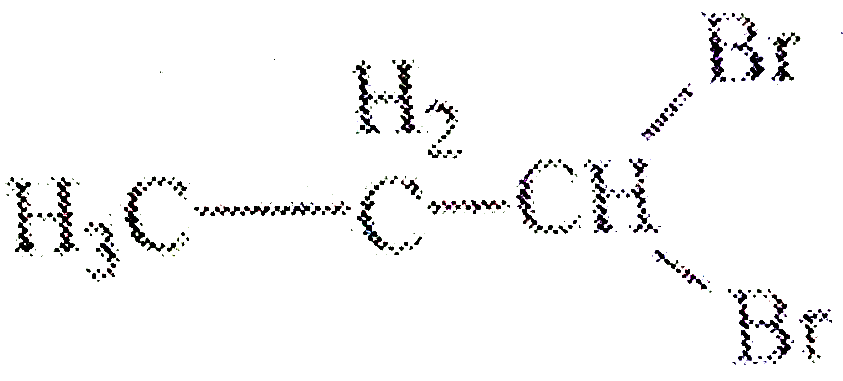
Identify the major product in the following reactions:
(i)
(ii) C6H5COOH+CH3MgI→?+?
View SolutionIdentify the major product in the following reactions :
(i)
(ii) C6H5COOH+CH3MgI→?+?.
View SolutionWhat will be the major organic product of the reaction? Explain.
C6H5C2H5Br2(hv)−−−−→
View Solutiona. Give the structure of lowest molecular mass and optically active alkyne.
b. Give the structure of unsaturated hydrocarbon with lowest molecular mass showing diastereomers.
c. Give the structure of alkyne that gives the same product on reaction with either H2+Ni2B or K+C2H5OH.
d. Give the structure of alkyne that gives the same single product on reaction with either (B2H6/THF+H2O2/ӨH) or dil. H2SO4/Hg2+/H⊕.
e. Give the structure of alkyne that gives the same two products with either of the reagents in (d).
View SolutionGive the IUPAC names of the complexes (i) K[BF4] (ii) [Fe(C5H5)2] (iii) [Mn3(CO)12]
View SolutionGive the major product when the following compounds are reacted with C2H5ONa.
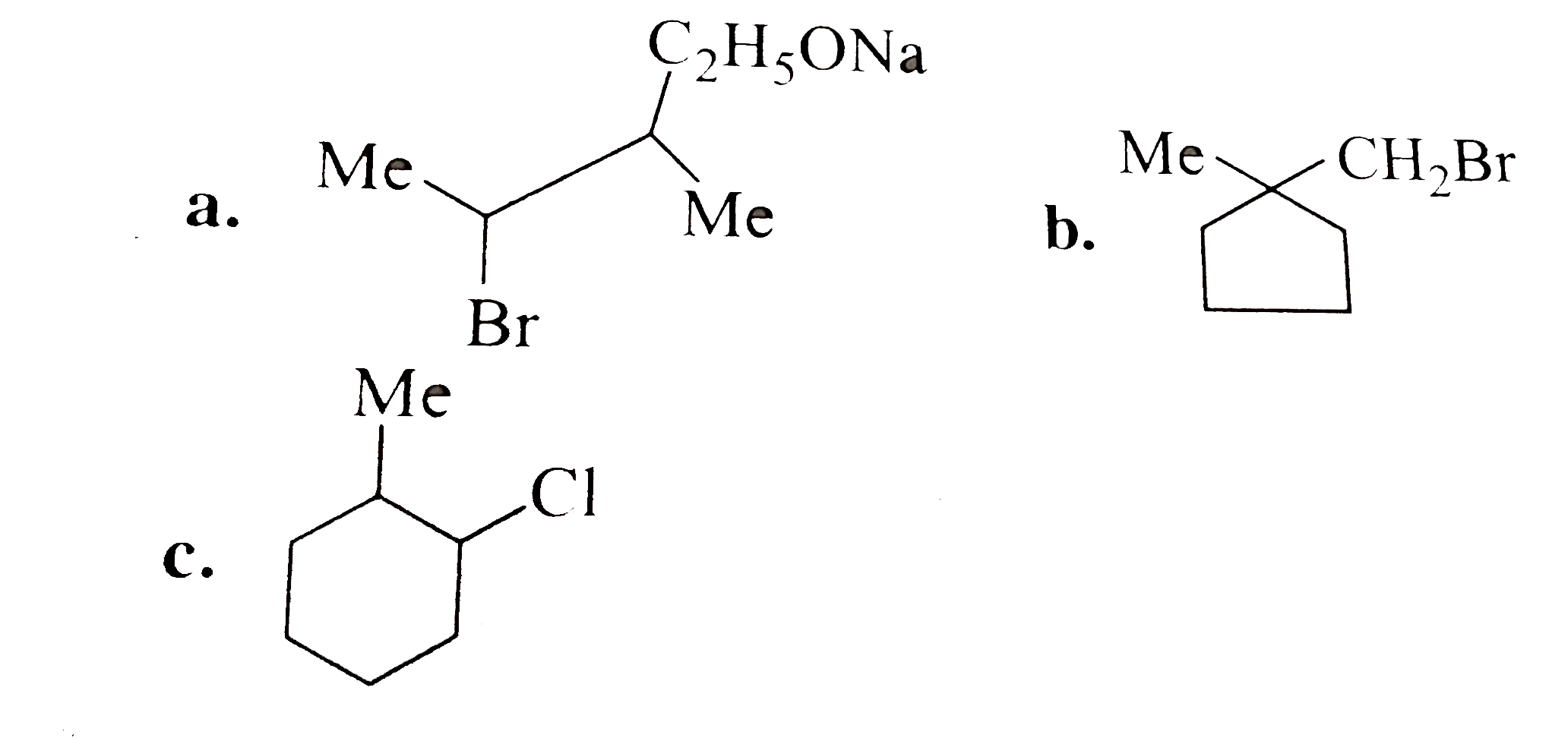 .
.
View Solution(a) Indicate whether the following are SN1,SN2,E1 or E2 reactions.
(i)CH3CH2CH2CI+I−→
(ii)(CH3)3CBr+CN−(alc.)→
(iii)CH3CH(Br)CH3+OH−(alc.)→
(iv)(CH3)3C−Br+H2O→
(b) Give the decreasing order of reactivity of the alkaline hydrolysis of the following alkyl halides toward (A)SN1(B)SN2(C) in pressure of AgNO3.
(i)(CH3)2C(Br)−C2H5(ii)C5H11Br
(iii)C2H5CH(Br)C2H5
(c) Give the decreasing order reactivity of the alkaline hydrolysis of hte following halides towards SN1(i)MeCI(ii)PhCH2CI(ii)Ph2CHCI(iii)Ph3C−CI.
(d) Determine the relative SN2 reactivity with NaCI in aprotic DMSO of the following alkyl halides :
(A)(i)CH3CHCICH2CH3(ii)CH3CHBrCH2CH3
(iii)CH3CHICH2CH3
(B)(i)CH3CH(CH3)CH2CH2I
(ii)CH3CH(CH3)CHICH3(iii)CH3CI(CH3)CH2CH3
(e) Arrange the following in the order of decreasing nucleophilic character:
H2O,−OH,CH3O−,CH3COO−
(f) Arrange the following in the decreasing order as leaving group in SN reaction:
CH3COO−,C6H5O−,C6H5SO−3,CH3O−
View Solution

